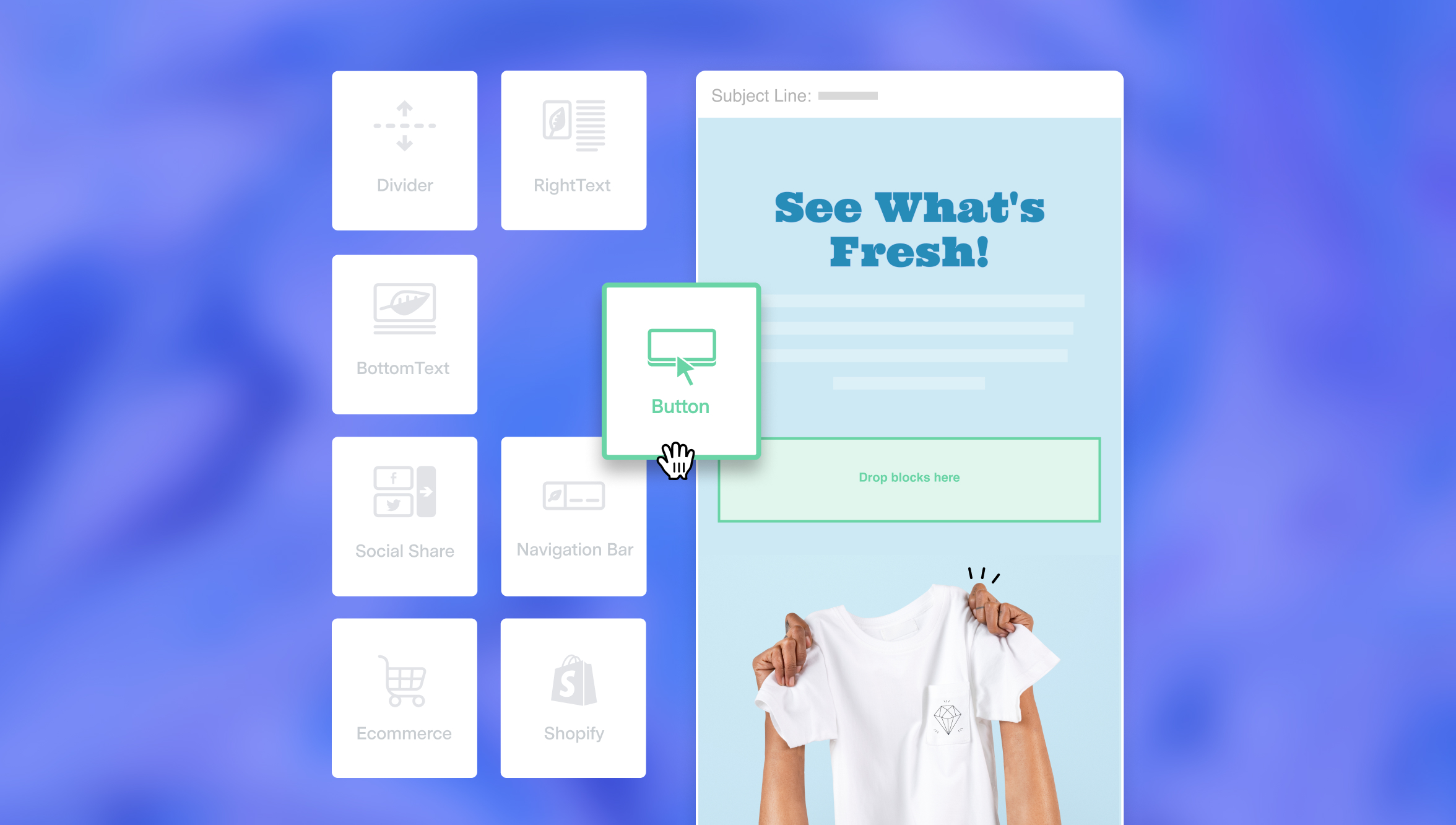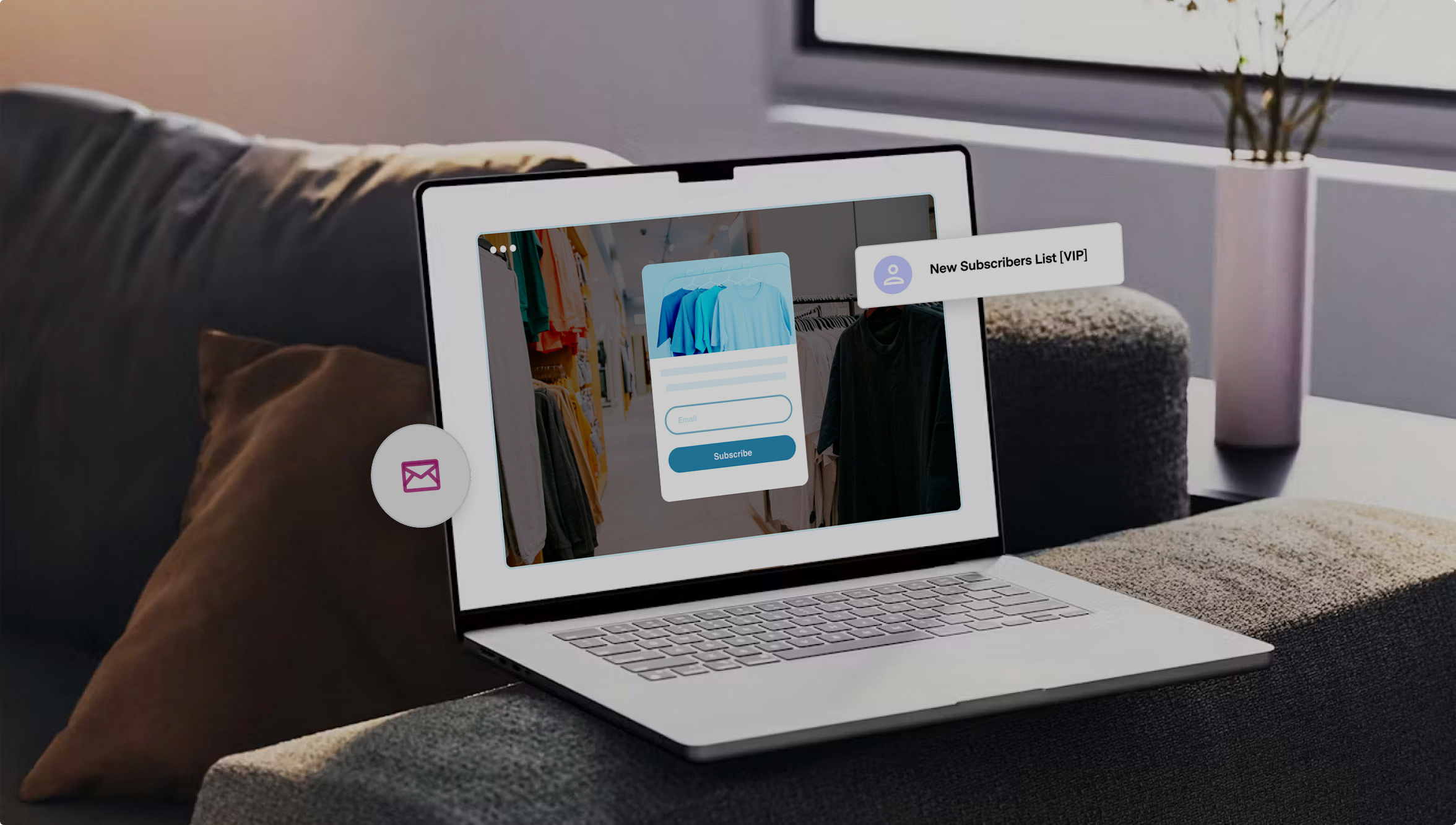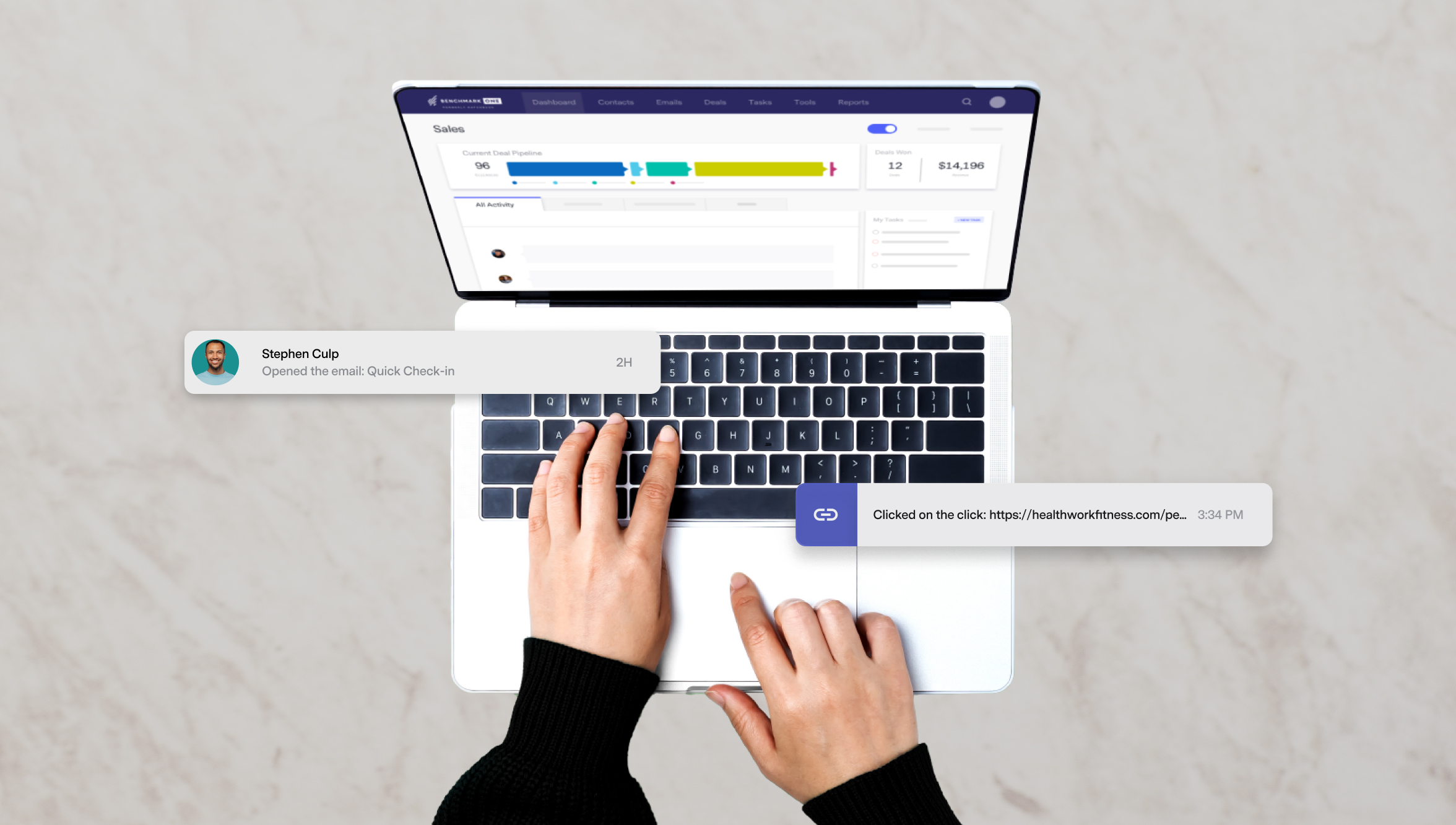Is Combining SMS and Email Marketing the Secret Sauce to eCommerce Domination?
March 3, 2022 8 min read

How many times have you received emails and SMS messages from your favorite brands this week? If you are into online shopping, you know what I am talking about.
SMS and email marketing are two of the most powerful mediums eCommerce companies use to market to their audience. Each has its unique advantages, and when used effectively can drive up the sales of any online store.
Text messages feel personal and (kind of) urgent. Simply put, we just cannot ignore text messages. We open them as soon as we see them.
According to a survey, the open rate of text messages is over 82% in the US – three times higher than phone calls.
On the other hand, in a survey conducted in August 2021, the email open rate was over 18% and over 20% of people open their emails within the first hour of receiving them.
Today we’re going to explore how we can combine the two channels with the highest open rate to give your eCommerce marketing superpowers!
SMS and Email Marketing: Two Sides of the Same Coin
When it comes to Email and SMS marketing, brands that have an either-or mentality lose in the game big time. They are not marketing channels that are competing with each other. Instead, an eComm marketer would see that they complement each other.
When they are used in conjunction the right way, the results increase significantly!
Both email and SMS have some flaws that can be eradicated by using both channels in the correct order. For example:
- You can’t talk about a product in detail using the 160 character limit of an SMS but can definitely expand more in emails.
- It is nearly impossible to grab the attention of your customers in real-time using email but SMS support is as quick as it gets.
In that sense, let’s begin by learning which is best in which situations so we can then combine them in an effective way.
When SMS Fits Best
SMS are short, delivered directly to your customers’ phones, and they don’t get flagged as spam. These features make them perfect for promotions and fast communication.
- Short messages: It makes perfect sense to use SMS when you have to deliver short messages to your customers. The message could be alerting them about an upcoming product or simply informing them about any ongoing discounts or offers.
Short messages can contain impressive features about your best-performing product and a link to the product page. There can be a high conversion rate if the text messages are sent to the right audience at the right time. - Notifications: It is better to use SMS to send important notifications to your customers. People often develop a tendency to ignore emails from brands if they keep sending them too frequently. A good way to balance that is by sending important updates directly to customers’ phones through messages.
- Order status updates: Text messages are great when it comes to giving updates about customers’ orders for delivery, purchase status, or forgotten items.
It is also a good idea to notify your customers using SMS if there are any order disputes or refunds involved, as this would ease their minds. Cancellations are stressful for most people so we can use timely communication to make them a smoother process. - Flash promotions: Text messages are more suitable when it comes to informing customers about flash offers that will expire within a day. Most customers often look for such promotional offers and would take immediate action when they get the message.
When Email Fits Best
On the other side of the coin, emails allow you to educate your customers using content that is elaborate and more descriptive compared to short messages.
- Long-Form Communications: In some cases, you’ll want to convey stories, like your company beliefs, ideals, or charity work – which 160 characters won’t really cover – so you’ll need more room for personalization, designs, more text, and a variety of links and resources. This will help you create a unique experience that engages customers in taking specific actions.
- Product Launches: It is best to run email campaigns when you are launching a new product because you have more room to write, you can list the benefits and features of new products or services, and you can link your customers directly to the product page.
- Content promotion: Content is the most unobtrusive way to get potential customers interested in your brand. You can share new articles from your blog, provide tutorials on how to maintain and use your products, and more.
- Receipts: Receipts are a great way to confirm a purchase with your customers. Because they expect to receive them, these types of emails have the highest open rate of them all, so you can use them to promote new products, provide benefits, share discounts, and more.
How to Create an SMS and Email Marketing Campaign [Practical Example]
Now that we understand where each channel best fits into our customer communication strategy, we can talk about a potential scenario that could use email and SMS marketing.
Let’s say that we’re about to launch a new product and we need to build a campaign to attract more eyeballs to ensure a great first-week sale. Here are a few ways we can combine these two channels:
- Create an email blast showcasing the main features of your new product and the launch day.
- Send an SMS to give all subscribers a heads-up about the email to increase open rates.
- Create a wishlist so customers can pre-order your product or get an early adopter discount – it will also tell you who is more likely to convert on launch.
- Send a weekly SMS reminder about the product launch and keep subscribers updated about aspects of the purchase process, like delivery times.
- If possible, send an email to your core fans and give them the opportunity to buy your new product before anyone else.
- Ask for feedback from these fans so you can take care of any negative features and improve your product before launch.
- Send an SMS about the feedback you’re getting and how you are improving the product further – these SMS will keep your customers engaged with the process.
- Finally, send an SMS and email telling everyone that your new product is now for sale. Bonus points if you can feature testimonials from early adopters.
In this scenario, we’re building up customers’ expectations with frequent SMS and providing value for their attention, while we use emails to expand on the product features, gather feedback, and conduct pre-sales.
With some imagination, you can combine email and SMS to create a cohesive conversational marketing experience that keeps your customers engaged and ready to convert. It’s all about using the right channel, for the right message, at the right time.
8 Tips to Write Effective Marketing Text Messages
- The perfect SMS needs to be short and to the point.
- Make the important words stand out by capitalizing them.
- Include power words like “bonus” or “don’t miss out.”
- Add a clear CTA at the end.
- When possible, create urgency, so users need to take action immediately.
- SMS is a rather informal channel, so use emojis to lighten up your messages.
- Not all mobile devices support special characters, so test your blasts before sending them.
- Always give users an option to unsubscribe.
Here are 10 dos and don’ts of text message marketing to help you craft the best SMS for your campaigns.
Tricks to Write Effective Email Blasts
- Make sure your subject line is catchy and invites the user to click on the email.
- Personalize the email according to the persona of your ideal customer and use the data you already have, like their name.
- Your email should be easy to read. Make it feel more like a conversation than a presentation.
- Although emails can be longer, no one will read a 1200-word email, so focus on your core message and delete the rest.
- Add a clear CTA for the user to take action on, and don’t include multiple CTAs in one email.
- Unlike SMS, email design is crucial. It will reflect how customers will perceive your brand and product. In other words, poor design = bad product.
If you’re new to email marketing, here’s a great beginner’s guide to effective email templates full of examples and useful tips.
When To Send Your Messages And How Often
SMS and email frequency are not as important as their relevancy. All correspondence a consumer gets from your brand should be a great experience and not just be there to remind them of your existence.
You can send email campaigns once or twice a week depending on whether you are sharing new promotions, new content, or if you have a campaign theme going on.
For example, if your eCommerce sells kitchen supplies, you can run a weekly “5-min recipes” email, a new promotion email, and a new article email. So you’d be sending three emails per week to your customers.
Because SMS is perceived as more urgent communication, it’s better to use them for notifications, updates, flash sales, and other time-sensitive communications. You can also use them as a customer support channel to help resolve refunds, cancellations, or any questions that might arise.
Which KPIs to track
To craft a great campaign, you’ll need data. However, for SMS and emails, there are way too many data points we can track and measure, and it is way too easy to get distracted by the little things.
That said, these are some of the best KPIs to take into account when measuring success and finding opportunities for improvement:
| SMS KPIs | Email KPIs |
|
|
|
|
|
|
|
|
|
|
|
Note: You can easily track these KPIs using an integration with Shopify to gain insights into your campaigns.
If you want to learn more about KPIs, you can check out this KPIs guide for a more comprehensive list.
I hope you’ve learned something new and that your imagination is now running wild with all the possibilities SMS and email marketing can open up for your business. If you’d like to share your ideas or need help setting up your SMS campaigns, I’m always open to new conversations on LinkedIn.
Author Bio
Ben Perez is the Chief Growth Officer at Emotive, a two-way messaging tool that uses SMS marketing, customer success programs, and AI-supported sales agents to help people feel a more real connection to businesses. He loves to chat all things marketing and customer experience.







